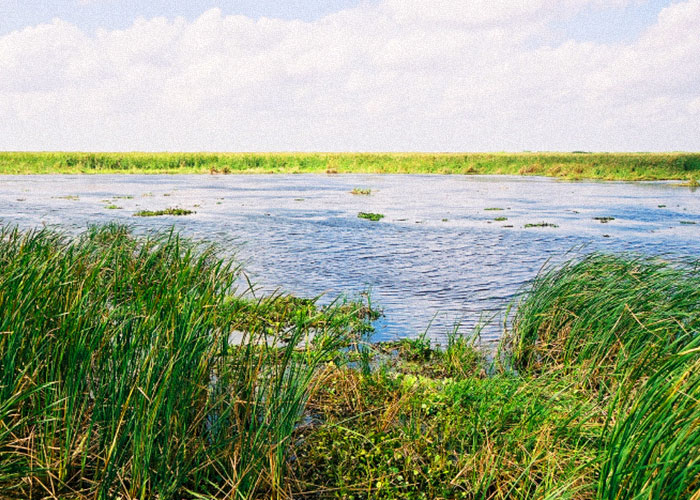
In 2013, the Tarrant Regional Water District (TRWD) completed construction of a 2,000-acre wetlands facility near its Richland-Chambers Reservoir in East Texas that allows the agency to take water from the nearby Trinity River, naturally filter it through man-made wetlands cells, and return it to the lake for use in Tarrant County.
That innovative project, which can provide up to one-third of the total water supplied from that reservoir each year, has been so successful that TRWD is planning to build a second wetlands facility near its Cedar Creek Lake southeast of Dallas.
The TRWD Board of Directors approved an $11.2 million contract at its Dec. 14 meeting with Alan Plummer Associates, Inc. to do the permitting and design work for the new 3,000-acre wetlands site.
The Cedar Creek Wetlands project is expected to provide at least 88,000 acre-feet of water annually – or 80 million gallons of water a day – significantly increasing the supply available for the District’s 2.3 million customers in more than 70 North Texas cities.
The initial wetlands design would supply enough water to serve an additional 560,000 people.
The goal is to complete the wetlands by 2032. The engineering will take place over the next three years with construction to begin in 2025.
While under consideration for years, the decision to build the Cedar Creek Wetlands follows TRWD’s innovative 50-year Water Demand Study, which looked at demographics and generational attitudes about water usage.
“The District is continually studying water supply alternatives in its planning, and that data shows we are ready to begin the Cedar Creek Wetlands,” said Rachel Ickert, TRWD’s Chief Water Resources Officer. “The Cedar Creek Wetlands project will provide the District with an efficient, cost effective approach for treating reclaimed water from the Trinity River, while enhancing supply storage and yield of the Cedar Creek Reservoir.”
TRWD is exploring other options for obtaining additional reuse water for the Cedar Creek Wetlands, potentially expanding its capacity. If additional resources are obtained, the wetlands could produce up to 150 million gallons a day of additional supply enough to serve 1.1 million people.
“This project rises to the top in our water supply plans as the next obvious water supply source for us,” Ickert said. “It’s a very big deal. This is something we’ve been talking about for years. It is environmentally sensitive and cost-effective and is expected to yield a large amount of water, even during drought periods.”


